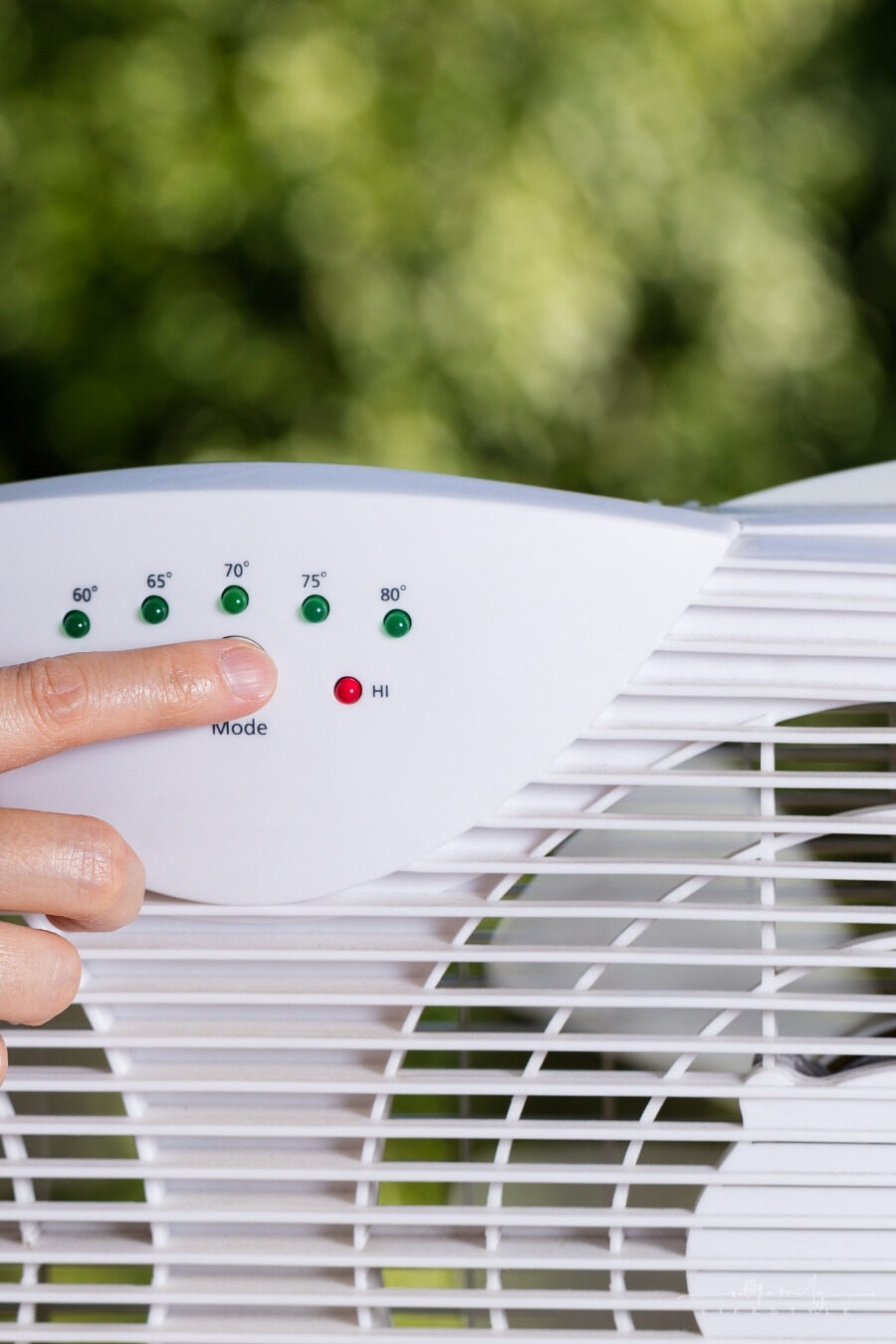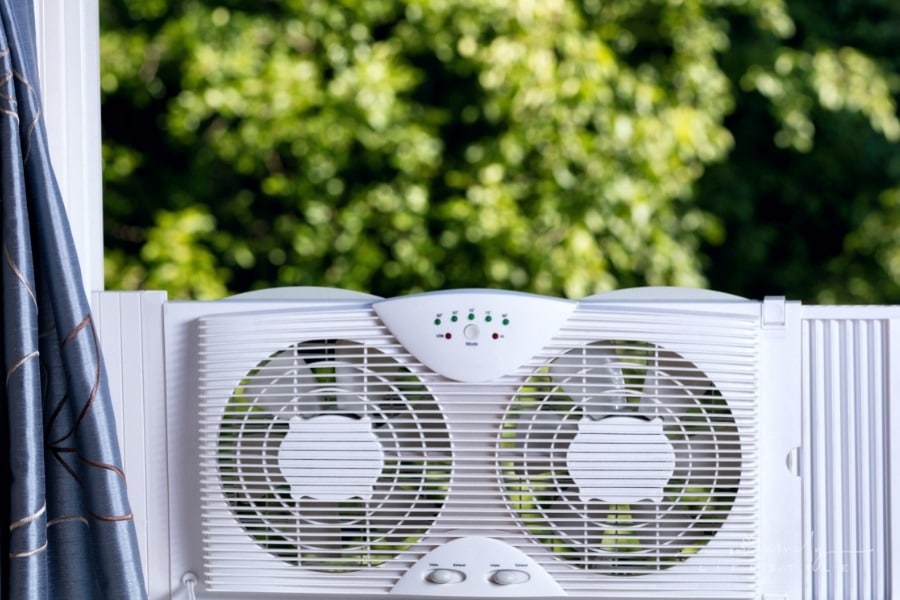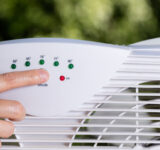Regulate The Airflow in Your Home by Following These Simple Steps
Airflow is perhaps the most important factor in keeping your home clean and fresh. Fresh air does wonders for our health, and you can easily keep your home smelling nice by regulating the airflow.
The air in your home is vital to your health and well-being. You can improve the quality of the air you breathe by following a few simple steps.

Use Fans for Ventilation
Fans create an airflow that moves air around the room, helping us cool down in the summer and warm up in the winter. Fans are a necessity in areas where there is little to no air circulation.
If you have a window fan, you know how difficult it can be to find a place for it. Most window fans come with a clamp or some other type of mechanism to keep them stable on the window frame. However, this only keeps them from moving side to side; they still move up and down.
When fans are placed on the window frame, they cause a pressure difference between the inside and outside of the window. This pressure difference can cause the window to bow outwards, creating a large gap between the fan and the window frame.
Also, they can get really noisy and disturb your home atmosphere. Fortunately, there are window fans that are not too loud, so you won’t have to worry about the noise level disrupting your discussions or causing you to lose sleep.
There are many benefits to getting window fans. They are cheaper than whole-house fans. You can use them in rooms that don’t have a window. You just need to cut a hole in the wall and install it there.
Don’t Overheat or Use AC too Much
When we talk about the environment and air pollution, we usually think about our cars and factories. There’s a lot of talk about how to reduce the amount of exhaust we put into the atmosphere, but very little is said about our homes. Our heating and cooling systems can cause more air pollution than our automobiles and industrial plants combined.
That’s because HVAC units pull in large amounts of outdoor air during the summer, when we don’t need it, and then pump out that warm air inside as heat during the winter. That’s why you should regulate your home’s temperature to a level that is comfortable for you and your family.
One of the easiest ways to reduce air pollution in your home is to turn down the thermostat during the summer months. When you do this, you’ll be able to keep your home at a comfortable temperature without having to run the air conditioner as much.
The benefits of turning down the thermostat are many. Not only will you save money on your energy bills, but you’ll also be able to reduce the amount of air pollution that your home is producing.
Use a Heat Recovery Ventilator
Heat recovery ventilators (HRVs) are energy-efficient ventilation systems that can help save you money on your utility bills. They do this by recovering the heat that’s normally wasted during the process of ventilating and extracting stale air from your home.
This is a very simple system. It consists of two fans located in opposite rooms, one for extraction and the other for intake. The fans are connected to each other through a duct and both have access to the outside air.
The intake fan takes in fresh air from outside and brings it inside through the HRV. As this air
passes through the HRV, it is heated by the warm air from inside your home. The heat is then transferred to the exhaust fan and sent outside.
Recheck Your Insulation
A well-insulated home is one of the most important investments that you can make for your family. Not only does it keep your home at a comfortable temperature, but it also helps to prolong the life of your heating and cooling systems and saves you money on your energy bill each month.
Unfortunately, many homeowners don’t realize there is a simple solution to keeping their homes at the right temperature all year long—it’s called air sealing. While air sealing may seem like a daunting task, it’s actually quite simple.
Air sealing involves making small adjustments to your existing home to reduce energy loss through air infiltration, or the exchange of air between inside and outside of your home.
Ensuring your home’s air quality is as good as possible is vital for the health and happiness of both you and your family. By following these steps, you should be able to do everything possible to regulate the airflow in your home so that it meets everyone’s needs.


